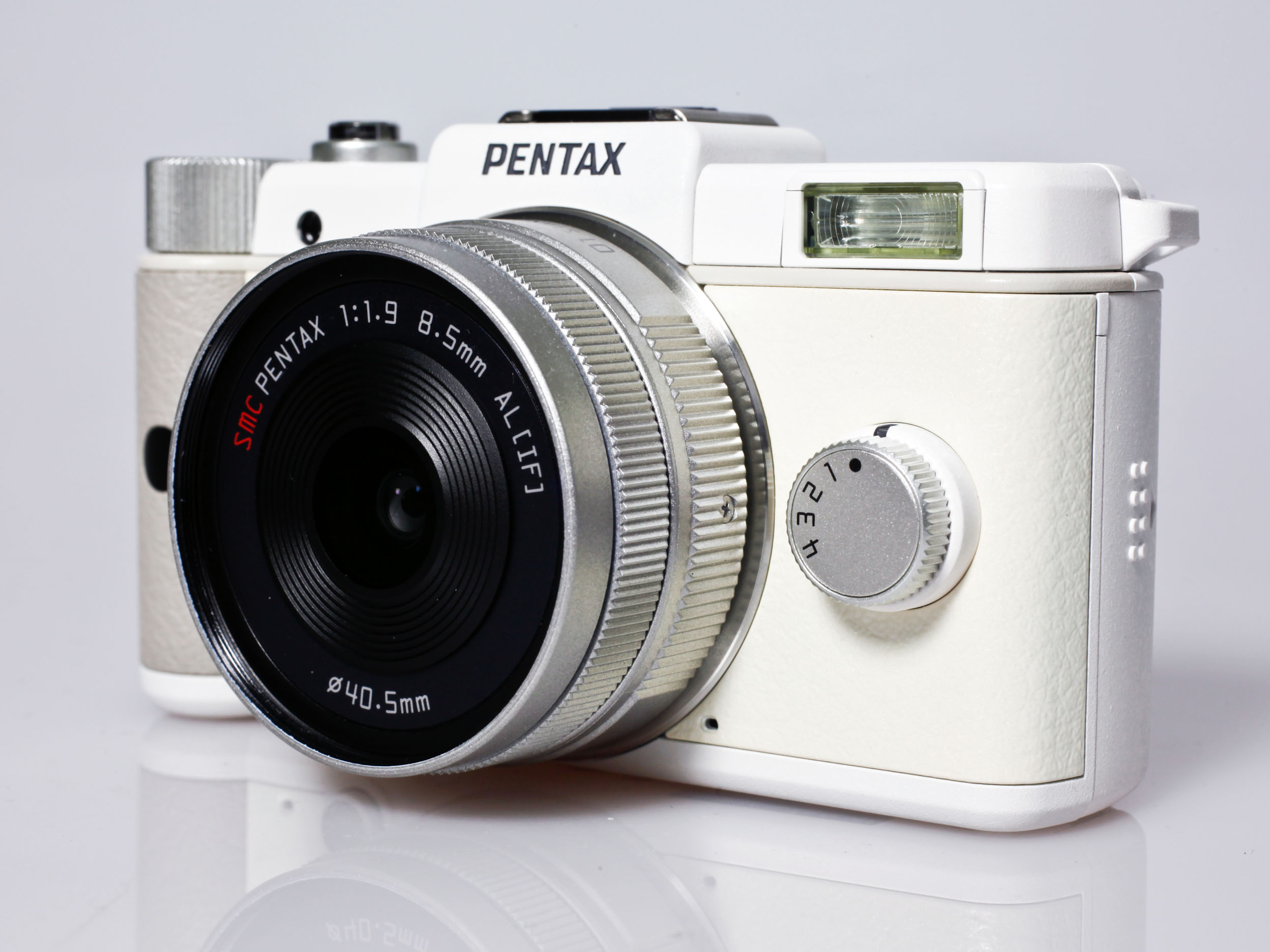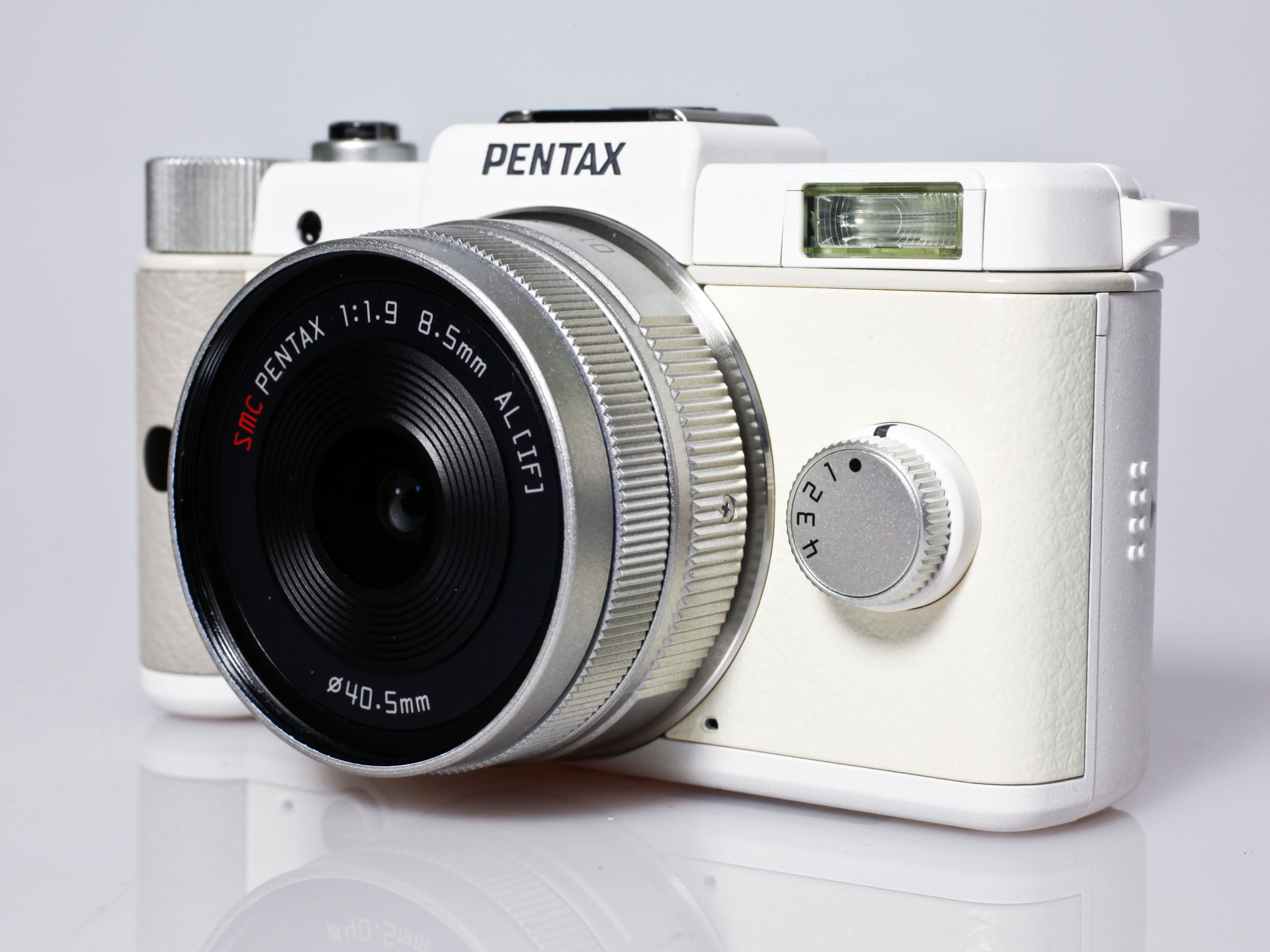Why you can trust TechRadar

In attempting to create a new niche, Pentax has created a niche camera. Many photographers looking towards interchangeable lens cameras do so to be rewarded with higher quality images. Although the Pentax Q offers a good range of features, and controls to please photography enthusiasts and beginners alike, the image quality achieved isn't leagues ahead of many compact cameras that employ the same backlit CMOS sensor technology.
It does cost a lot more than these cameras, though, and this is where the main problem lies.
For example, a Canon Powershot S95 that costs around £400 provides similar performance and manual control and is more compact when not in use, since the lens collapses into the body. Even though this cheaper camera lacks the scope for interchangeable lenses, its zoom lens already covers a greater focal range than the standard zoom found in the Pentax Q £730 twin-lens kit. The Q costs around £600 with just the 8.5mm lens and it isn't sold body only or with just the zoom lens.
We liked
We liked the excellent magnesium alloy build, retro design and the inclusion of a standard flash hotshoe. The image quality produced holds up well against other premium compact cameras.
We disliked
Although the Pentax Q performs compares well with compact cameras, it's priced at a more expensive level than many CSCs that have larger sensors, provide better performance and have a larger range of additional lenses and accessories available.
Final verdict
The concept of the Pentax Q is a good idea, and with time and new lens additions the system could prove to be an interesting one. If the price came down to a more sensible level, it may even prove to be very interesting.
At the moment, it's just too expensive compared to high-end compact cameras, and the performance isn't quite there when likened to similarly-priced compact system cameras such as the such as the Nikon 1 J1, Olympus PEN Mini E-PM1 and the Sony NEX-C3.
